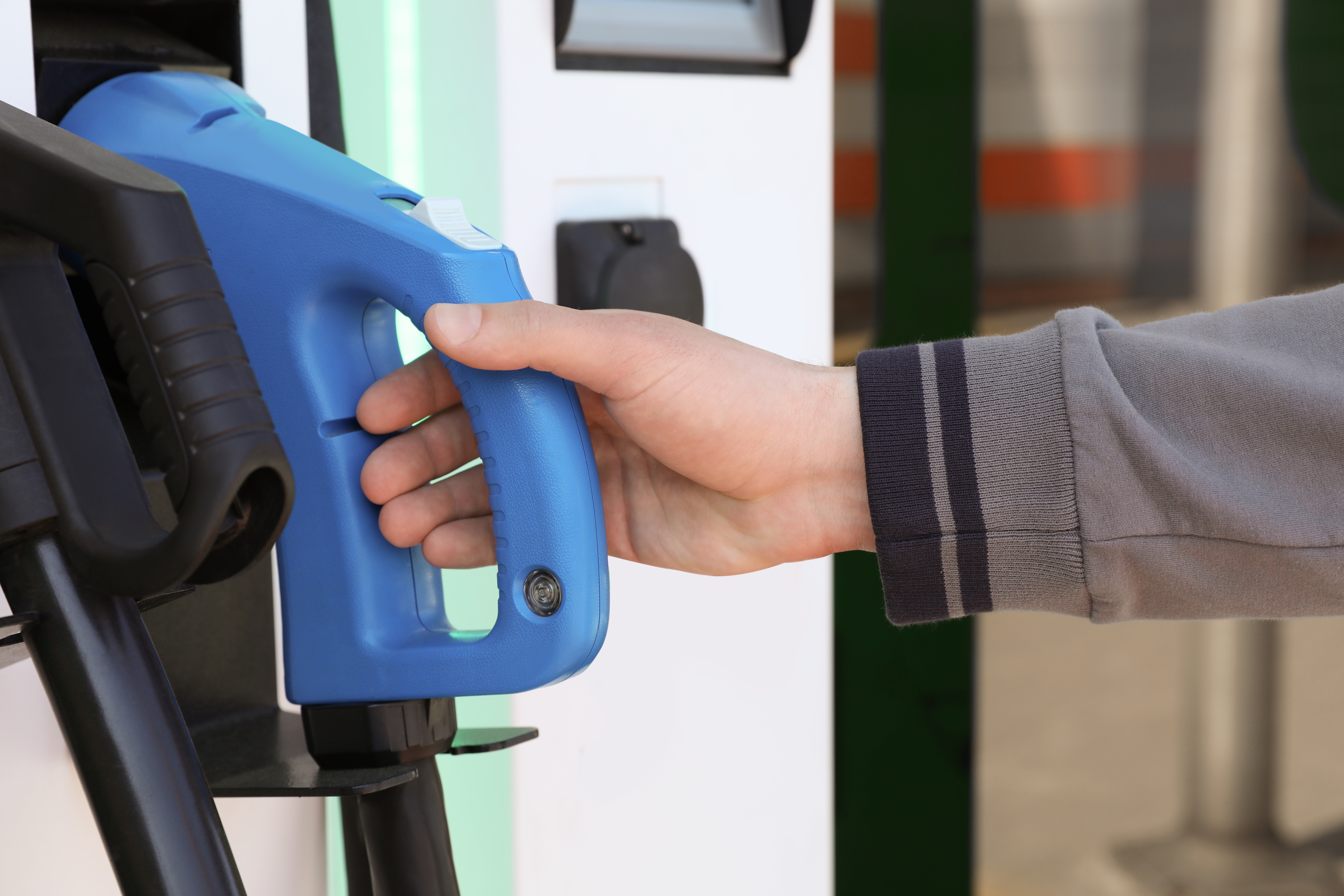Technical Rules and Procedures - MOBI.E
Technical Rules
TECHNICAL RULE NO. 1/MOBI.E/2019
It refers to the Communication Protocol for Measuring Equipment from Charging Stations Integrated in the Electric Mobility Network, with EGME’s Management System.
You can consult the full document here.
TECHNICAL RULE NO. 2/MOBI.E/2020
It refers to the Model and Format of Data Provided by the EGME to CME, OPC, DPC and CSE – Data regarding electric mobility consumptions.
You can consult the full document here.
TECHNICAL RULE NO. 3/MOBI.E/2022
It refers to the Model and Format of Data exchange between the EGME and the ORDs.
You can consult the full document here.
TECHNICAL RULE NO. 4/MOBI.E/2023
It refers to the criteria for validating charging and the methodology for adjusting and correcting the consumption of the electric mobility network.
You can consult the full document here.
Procedures
PROCEDURE MOBI.E 01/2023
It refers to the introduction of terminals and devices used for payment services in the Mobi.E Network.
You can consult the full document here.
PROCEDURE MOBI.E 02/2023
Refers to the rules for the OCPI connection between the Mobi.E platform and the CPO platforms.
You can consult the full document here.
Systems Integration Between Platforms
OCPI Implementation – Technical Guidelines
To support its partners, MOBI.E has prepared a document that openly presents its vision and action plan for implementing the OCPI (Open Charge Point Interface) protocol, versions 2.2 and 2.2.1.
This document is intended primarily for the technical teams of CEME (Electric Mobility Energy Suppliers) and OPC (Charging Point Operators), to assist in the necessary developments for integrating their platforms with MOBI.E.
Given its technical nature and the involvement of both national and international entities, the document is written in English.
All technical questions related to this topic should be sent to mic@mobie.pt, with [OCPI] at the beginning of the email subject.
You can consult the full document here.


